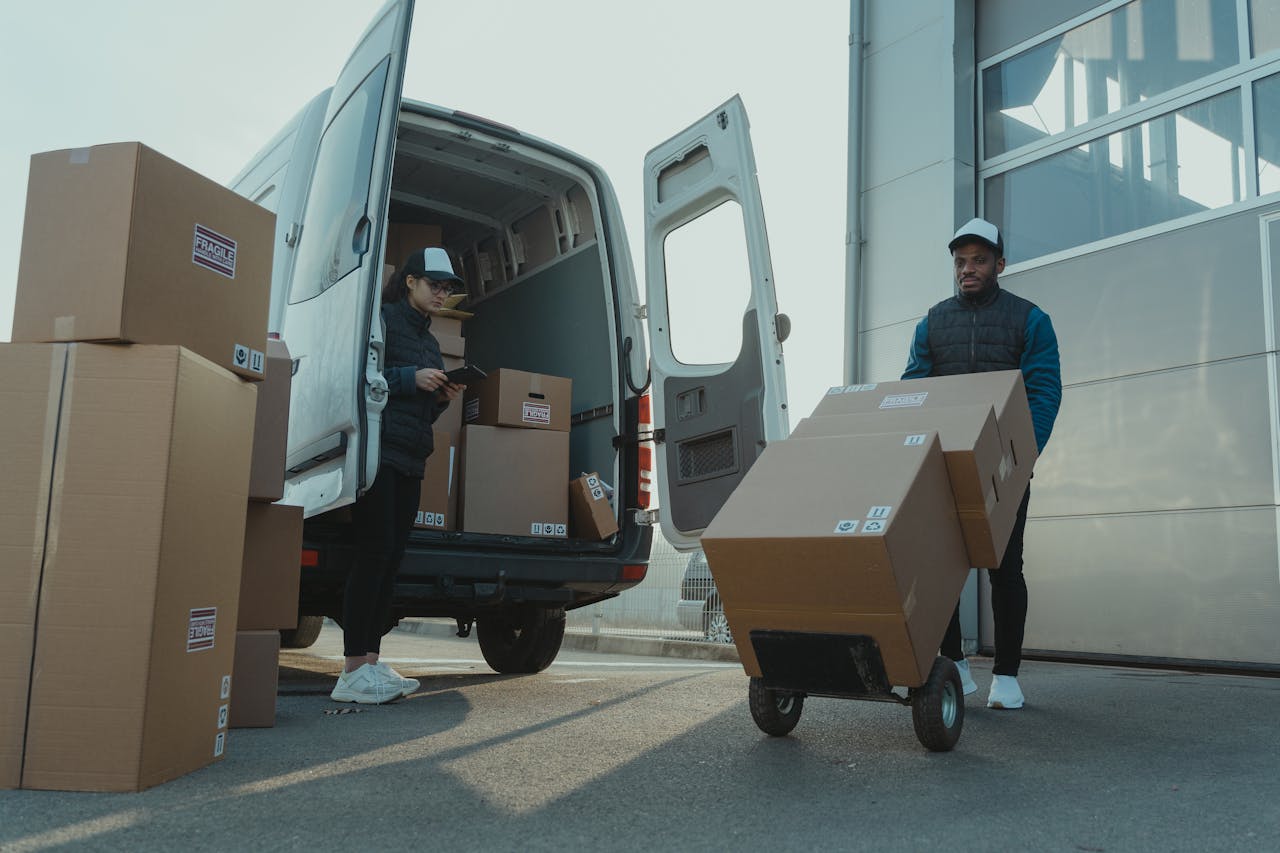

The growth of last mile logistics market in Southeast Asia (SEA) is driven by various factors that are reshaping consumer expectations and industry dynamics. This article explores the key factors driving SEA's last mile logistics market, highlighting the convergence of digitalization, consumer demands, technological advancements, sustainability initiatives, and the development of e-commerce and essential deliveries.
The surge in e-commerce adoption across SEA has been accelerated by increased digital penetration and changing consumer behaviors, particularly spurred by the COVID-19 pandemic. From 2016 to 2021, the total value of e-commerce sales in the region grew exponentially, with an annual growth rate of 40 percent. According to a 2021 industry report based on survey data, SEA consumers intend to sustain or increase their spending on various categories like groceries, baby care, personal care, and cosmetics even after the pandemic.
These trends have contributed significantly to the high compound annual growth rate (CAGR) of the e-commerce industry in SEA, exceeding 25% from 2019 to 2025. Forecasts suggest that e-commerce spending will continue to rise beyond 2025.
Major online retail players like Lazada and Shopee have experienced rapid expansion, catering to a wide array of products and services for consumers in major cities across SEA. This surge in online shopping has necessitated the development of robust logistics infrastructure to ensure efficient order processing, timely deliveries, and seamless customer experiences.
Before the pandemic, last mile delivery was considered a luxury, but it has now become a fundamental expectation among SEA consumers. They demand fast, reliable, and convenient e-commerce delivery options, including same-day or next-day delivery, real-time tracking updates, and hassle-free returns. This shift in expectations has promoted e-commerce last mile logistics, and prompted logistics companies to enhance their capabilities and invest in technologies that optimize delivery operations while prioritizing customer satisfaction.
The adoption of mobile technology and digital solutions has revolutionized last mile logistics operations in SEA. Couriers can now perform tracking and scanning tasks using a single mobile device, streamlining processes and improving delivery precision. Technologies such as digital payments, automation, and artificial intelligence (AI) have optimized logistics operations, enabling companies to meet the growing demands of e-commerce with speed and efficiency.
Sustainability is also critical in driving SEA's last mile logistics market grwoth. Consumers are increasingly conscious of environmental, social, and governance (ESG) factors and are willing to pay premiums for sustainable products and services. Businesses prioritizing ecological packaging, delivery choices, and green practices are poised to attract a growing segment of environmentally conscious consumers, enhancing market accessibility and competitiveness.
Beyond e-commerce, SEA's last mile logistics sector is witnessing significant growth in pharmaceutical and grocery deliveries. The telemedicine and online pharmacy market has expanded rapidly, driven by the region's demand for accessible healthcare solutions. Similarly, online grocery retailing is thriving, offering convenience and accessibility to consumers. This trend underscores the importance of specialized logistics services, including cold chain management, to ensure temperature-sensitive products' safe and timely delivery.
Source: https://ycpsolidiance.com/white-paper/logistics-last-mile-southeast-asia

An Overview of Southeast Asia’s Startup Ecosystem
Southeast Asia’s startup ecosystem is characterized by its diversity and rapid growth. Key markets include Singapore, Indonesia, Malaysia, Thailand, Vietnam, and the Philippines. Each of these markets presents unique opportunities and challenges. Singapore, for instance, serves as a financial and technological hub, offering a conducive environment for startups with strong government support and a mature investment climate. Indonesia, with its large population, presents vast market opportunities, particularly in sectors like e-commerce and fintech.

How Major Players Unlock Opportunities in SEA’s Digital Payments Landscape
The digital payment landscape in Southeast Asia (SEA) is rapidly evolving, driven by increasing internet penetration, smartphone adoption, and a burgeoning fintech ecosystem. Major players in the digital payment space are pioneering innovative solutions, facilitating seamless transactions, and enhancing financial inclusion.

Embracing Sustainability: The Rise of Sustainable Automotive Lubricants in SEA
In recent years, Southeast Asia (SEA) has witnessed a growing emphasis on sustainability across various industries, and the automotive sector is no exception. As the region gears towards a greener future, sustainable automotive lubricants have emerged as a key focal point in the drive towards environmental stewardship and resource conservation.

A Look into Mobility as a Service Business Models in Southeast Asia
Embark on MaaS business models in Southeast Asia, delving into ride-hailing trends, car-sharing dynamics, and micromobility impacts.